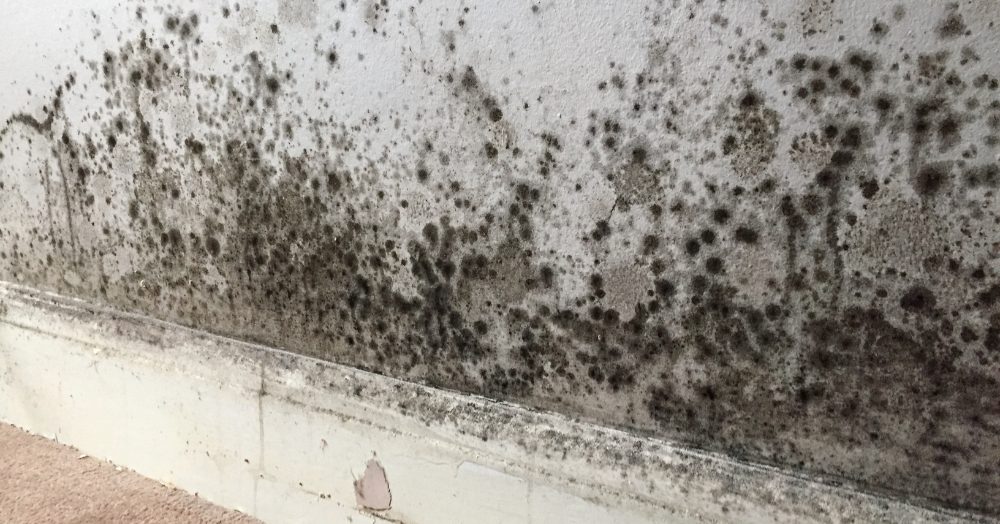
Who’s responsible for mould in a rental property – the landlord or the tenant?
One of the questions we are often asked by both landlords and tenants is ‘who's responsibility is it to deal with mould’. The answer is often not as straight forward as we'd like.
🌱 Damp & Mould: Who’s Responsible?
I’m sure many of you will have read about the tragic case of a 2-year-old boy who died after prolonged exposure to mould. Understandably, one of the most common questions we get from landlords and tenants is:
“Who’s responsible for dealing with mould?”
The truth is, the answer isn’t always straightforward.
🔎 What we know
Properties are built with a damp-proof course to prevent rising damp. When this fails, damp and mould can appear — usually the landlord’s responsibility.
Damp can also result from water entering the property — broken gutters, missing roof tiles, or rotten frames. Again, this is typically landlord responsibility as it relates to the structure.
The most common cause, however, is condensation damp — from poor ventilation, lack of heating, or steam spreading from kitchens and bathrooms. In these cases, it often falls under tenant responsibility.
✅ What landlords can do
Ensure your property complies with the Homes (Fitness for Human Habitation) Act — there should be no visible damp or mould issues.
At the start of the tenancy, provide tenants with guidance on reducing condensation (ventilation, heating, extractor fans).
During inspections, look for early signs of mould 🕵️, record them, and confirm next steps in writing — whether actions are yours or the tenant’s.
Address any reported issues promptly in line with your maintenance procedures.
🤝 Ultimately, tackling mould is about collaboration. By working together, landlords and tenants can ensure homes remain safe and healthy, while protecting the long-term value of the property.
📋 We can even carry out one-off inspections and property health checks — no need for full management. Just click to arrange!
We are here and ready to help in any way we can. 🧑💼
☎️ Call: 01474 321957
📧 Email: hollie@mandmprop.co.uk
